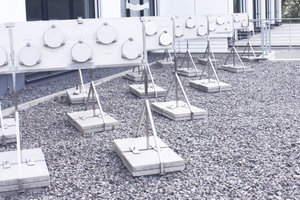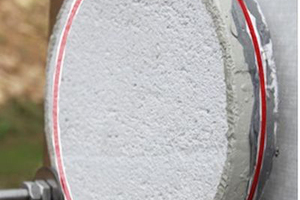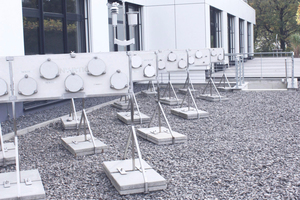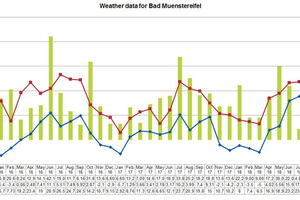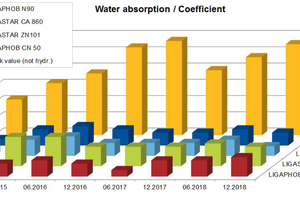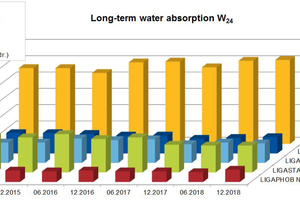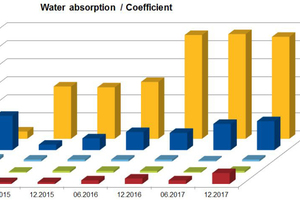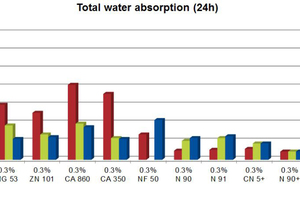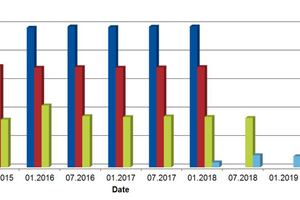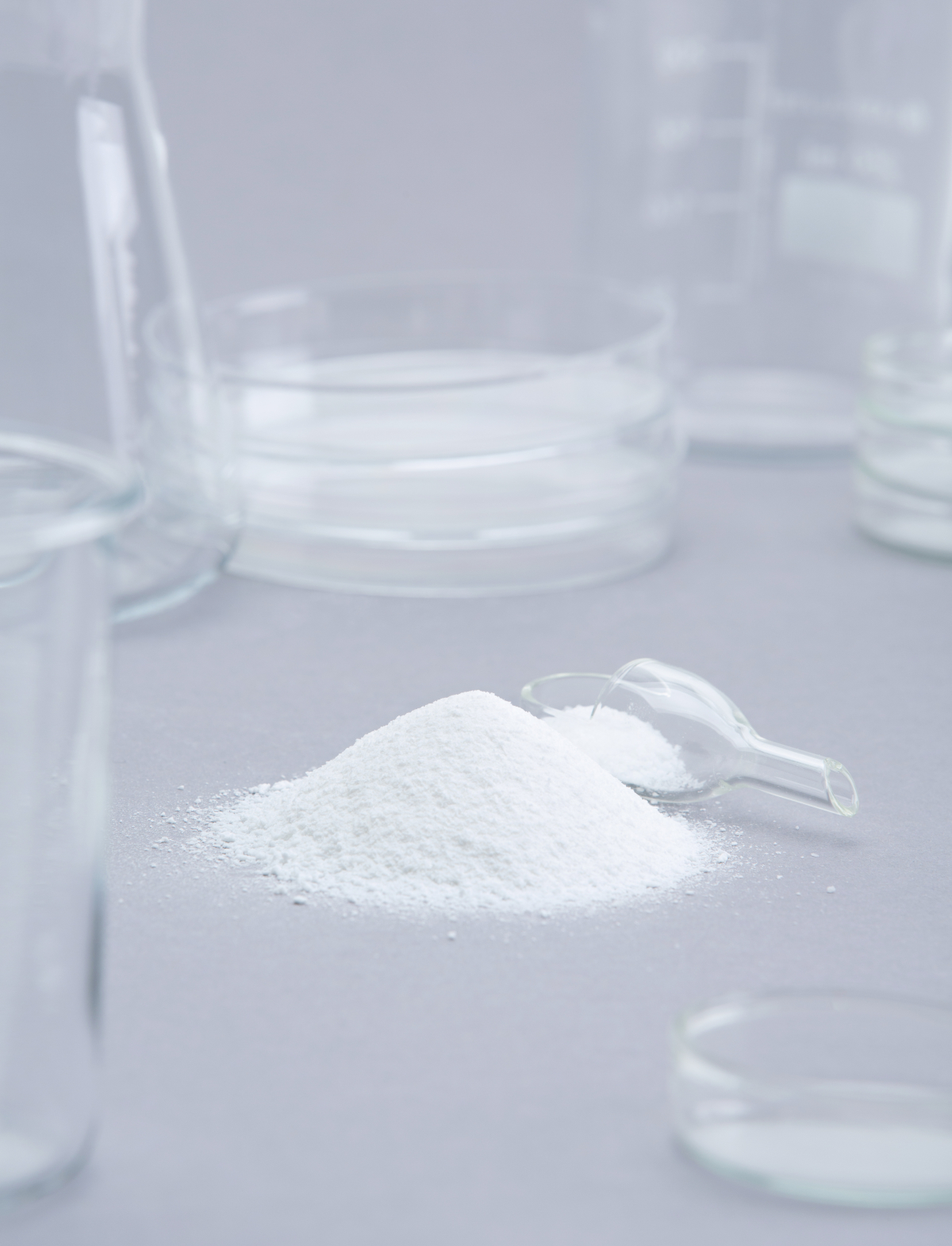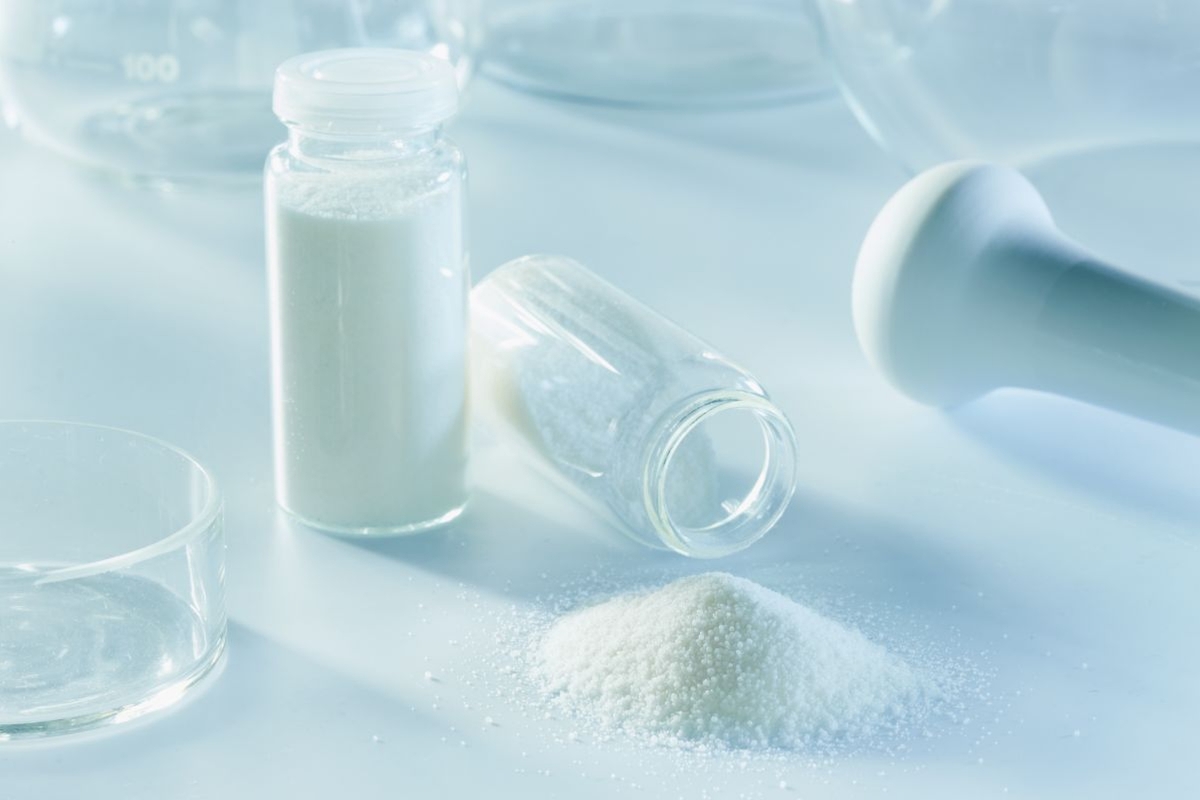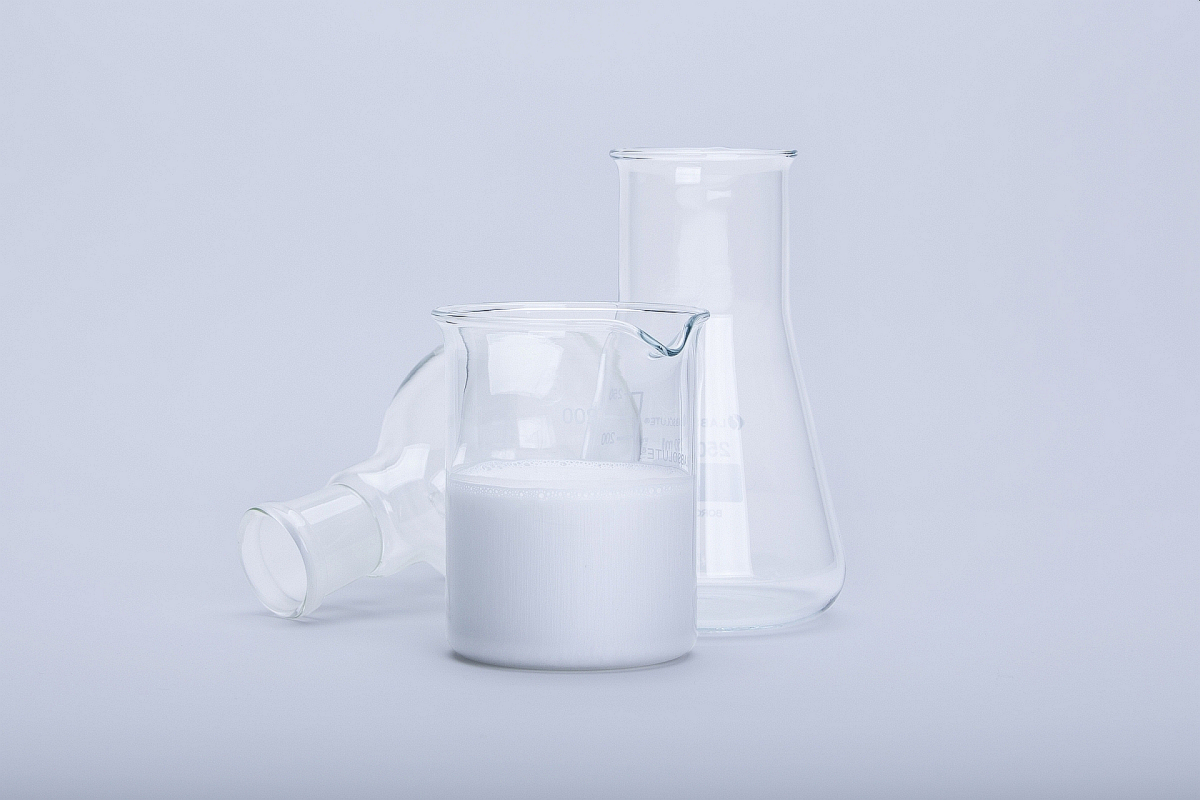Effects of oleochemical hydrophobing agents on plasters – results of a long-term field study
Even though the high efficacy of oleochemical additives as hydrophobing agents for mineral-based building materials has been proven by numerous laboratory tests there is a lack of measurements under field conditions. This paper will examine the results of various test specimens which were exposed to natural weathering for a period of up to three years.
1 Introduction
Oleochemical additives have been used successfully for decades as a hydrophobing agent for mineral-bound building materials. They can be used in a variety of ways in all kinds of products and exhibit good compatibility with other additives.
The effectiveness of the products in mineral plasters is tested in accordance with DIN EN ISO 15148 or DIN EN ISO 1015-18. Both methods measure the water absorption coefficients after the test specimens have been in defined storage for 28 days.
However, plasters and other building materials such as concrete are in no way static systems. After...

